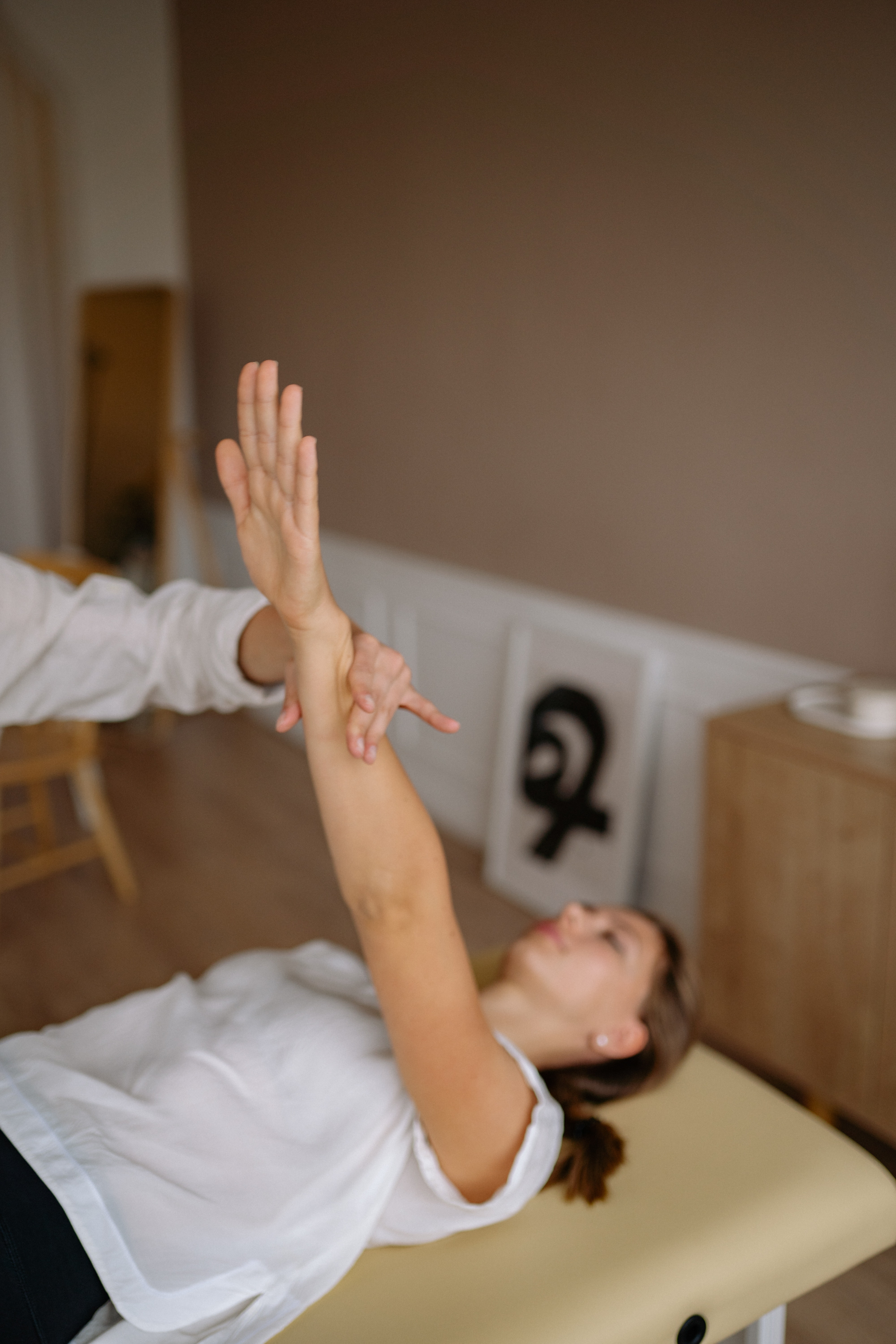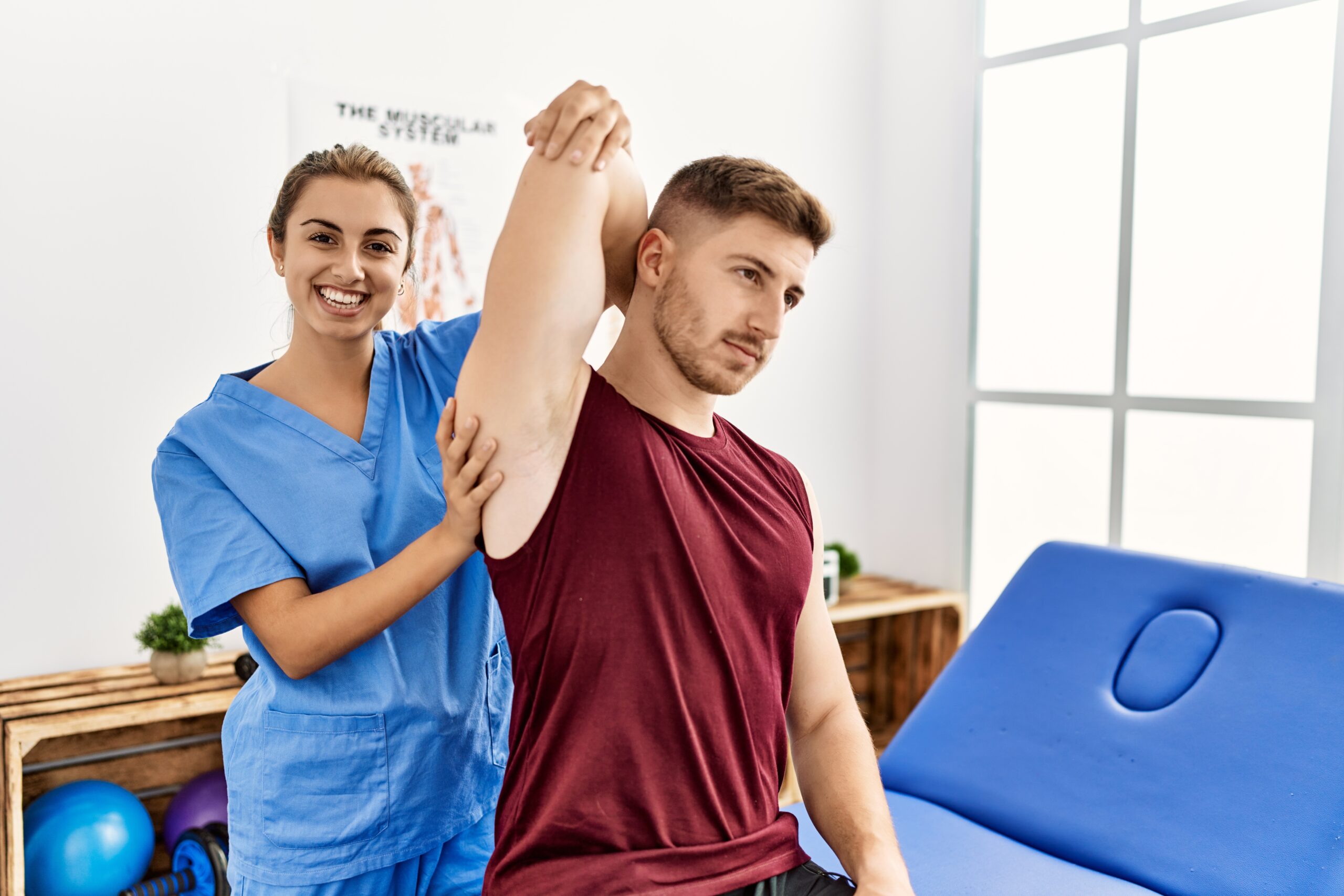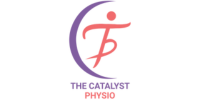Physiotherapy at Home: Is it safe to do
Introduction
In recent times, the concept of physiotherapy at home has gained significant traction, especially amidst the global health crisis. As a seasoned physiotherapist, I have witnessed a surge in inquiries regarding the safety and efficacy of performing physiotherapy exercises within the comfort of one’s home. This burgeoning interest necessitates a thorough examination of whether physiotherapy at home is indeed a safe and viable option for individuals seeking rehabilitation, pain management, or enhanced physical well-being. In this article, we delve deep into the nuances of home-based physiotherapy, addressing concerns, dispelling myths, and providing actionable insights to facilitate informed decision-making.

Understanding Physiotherapy at Home:Home: Is it safe to do
Physiotherapy at home: Is it safe to do refers to the practice of executing prescribed physiotherapy exercises and techniques in a domestic setting, sans the direct supervision of a qualified physiotherapist. It encompasses a diverse array of interventions, including therapeutic exercises, manual therapy, electrotherapy, and hydrotherapy, tailored to address specific musculoskeletal, neurological, cardiopulmonary, or other physiological conditions. The burgeoning popularity of home-based physiotherapy can be attributed to various factors, including convenience, accessibility, cost-effectiveness, and the current emphasis on social distancing measures.
The Safety Conundrum
Amidst the growing interest in physiotherapy at home: Is it safe to do, concerns regarding its safety linger prominently. Critics often raise apprehensions regarding the lack of professional oversight, potential for improper technique execution, inadequate equipment, and the absence of immediate assistance in case of emergencies. Additionally, the inherent variability in individual adherence, motivation, and comprehension poses significant challenges to ensuring optimal safety and efficacy.
Dispelling Myths Surrounding Home-Based Physiotherapy
Before delving into the safety considerations, it is imperative to debunk prevalent myths surrounding physiotherapy at home: Is it safe to do?
Myth #1: Home-based physiotherapy lacks effectiveness compared to clinic-based sessions. Reality: Numerous studies have demonstrated comparable outcomes between home-based and clinic-based physiotherapy interventions, particularly for conditions amenable to self-management and supervised exercises.
Myth #2: Physiotherapy at home is only suitable for minor injuries or conditions. Reality: Physiotherapy at Home: Is it Safe to Do can effectively address a wide spectrum of conditions, ranging from acute injuries to chronic musculoskeletal disorders, neurological rehabilitation, and post-surgical recovery.
Myth #3: Physiotherapy at Home: Is it safe to do Without professional supervision, individuals are prone to incorrect technique execution, exacerbating their condition. Reality: While professional oversight undoubtedly offers benefits, empowering individuals with proper guidance, education, and resources can foster self-efficacy and adherence, mitigating the risk of improper technique execution.

Safety Considerations for Physiotherapy at Home: Is it Safe to Do
Despite the aforementioned concerns, Physiotherapy at Home: Is it safe to do can be conducted safely and effectively with adequate precautions and strategic planning. Here are key safety considerations to mitigate potential risks:
- Initial Assessment and Consultation Physiotherapy at Home: Is it Safe to Do: Before embarking on a home-based physiotherapy regimen, individuals should undergo a comprehensive assessment by a qualified physiotherapist to ascertain their suitability, identify specific goals, assess functional limitations, and devise a personalized treatment plan.
- Education and Instruction Doing Physiotherapy at Home: Is it Safe to De: Clear and concise instructions regarding exercise techniques, frequency, duration, and intensity should be provided to ensure proper execution and minimize the risk of injury. Utilizing visual aids, written materials, and interactive demonstrations can enhance comprehension and adherence.
- Equipment and Environment: It is imperative to create a safe and conducive environment for performing physiotherapy exercises at home. Adequate space, proper ventilation, non-slip flooring, and ergonomic equipment are essential considerations to minimize the risk of accidents or falls.
- Progression and Monitoring Doing Physiotherapy at Home: Is it Safe to Do: Gradual progression and periodic monitoring are pivotal aspects of home-based physiotherapy to prevent overexertion, adapt interventions based on individual response, and optimize outcomes. Regular reassessment and feedback sessions facilitate adjustments to the treatment plan as needed.
- Emergency Preparedness: Despite meticulous planning, unforeseen emergencies may arise during home-based physiotherapy sessions. Individuals should be equipped with basic first aid knowledge, emergency contact information, and access to communication devices to seek assistance promptly if needed.
- Adherence and Motivation: Sustaining motivation and adherence to the prescribed physiotherapy regimen are critical for achieving favorable outcomes. Employing behavioral strategies, goal-setting techniques, and positive reinforcement can bolster engagement and compliance over the long term.
Case Studies and Success Stories
To illustrate the safety and efficacy of Physiotherapy at Home: Is it Safe to Do, let us delve into a couple of case studies showcasing remarkable outcomes:
Case Study
Case Study#1: Mary, a 45-year-old office worker, presented with chronic low back pain exacerbated by prolonged sitting. Through a tailored home exercise program focusing on core strengthening, flexibility, and ergonomic modifications, Mary experienced significant pain relief and functional improvement, enabling her to resume her daily activities with greater ease and comfort.
Case Study #2: John, a 60-year-old stroke survivor, underwent extensive rehabilitation to regain mobility and independence following a cerebrovascular accident. With the guidance of a dedicated physiotherapist, John diligently adhered to his home exercise program, incorporating balance exercises, gait training, and upper limb exercises. Over time, he made remarkable progress in his motor function, walking ability, and activities of daily living, fostering a sense of empowerment and autonomy.
Conclusion
In conclusion, Physiotherapy at Home: Is it Safe to Do represents a viable and accessible avenue for individuals seeking rehabilitation, pain management, or enhanced physical well-being. While safety concerns abound, proactive measures, proper education, and strategic planning can mitigate potential risks and foster optimal outcomes. By embracing a patient-centered approach, empowering individuals with knowledge and resources, and leveraging advancements in technology, we can unlock the full potential of home-based physiotherapy as a cornerstone of modern healthcare delivery. As physiotherapists, let us continue to champion the integration of home-based interventions, thereby enriching the lives of our clients and communities alike.

FAQs
- Are home visit physiotherapy sessions as effective as clinic-based sessions?
- Home visit physiotherapy can be equally effective, if not more so, due to the personalized care and improved compliance associated with receiving treatment in a familiar environment.
- Who can benefit from physiotherapy at home?
- Physiotherapy at home is suitable for individuals of all ages and conditions, including those recovering from surgery, managing chronic pain, rehabilitating from injuries, or seeking to improve mobility and function. It offers tailored treatment plans designed to address the specific needs and goals of each individual.
- What is physiotherapy at home?
- Physiotherapy at home refers to the delivery of rehabilitative services and interventions within the comfort and convenience of one’s residence. Qualified physiotherapists provide personalized treatment plans, including exercises, manual therapy, and education, to facilitate recovery and improve functional outcomes.
- Can I effectively treat my back pain with physiotherapy at home? Yes, you can effectively manage and alleviate back pain through physiotherapy exercises performed at home. Many individuals find relief from back pain by following a structured home exercise program tailored to their specific needs and condition. Consistency and proper technique are key to achieving optimal results. However, it’s essential to consult with a qualified physiotherapist initially to ensure you’re performing the appropriate exercises and techniques for your condition. Additionally, maintaining good posture, practicing ergonomic principles in daily activities, and incorporating lifestyle modifications can complement your home physiotherapy regimen for long-term back pain management.
Dr. Priyanka Bharadwaj (Physiotherapist)
Introducing CB Home Physiotherapist: Meet Dr. Priyanka Bharadwaj, a highly skilled female physical therapy expert based in Khanpur, Delhi. She brings her expertise right to your doorstep, offering personalized physiotherapy services in Khanpur and nearby areas.
With a solid background in home physiotherapy, Dr. Priyanka specializes in treating a wide range of conditions, including back pain, neck pain, knee pain, sciatica, and more. She’s also adept at post-surgery rehabilitation, helping patients recover from procedures like shoulder, knee, and hip replacements.
In addition to her two years of experience in hospitals and clinics, Dr. Priyanka has honed her skills in various specialties such as pediatric, geriatric, neurological, and musculoskeletal physiotherapy. Whether it’s helping children regain mobility or assisting seniors with balance issues, she’s dedicated to improving her patients’ quality of life.
Dr. Priyanka holds a Bachelor’s degree in Physiotherapy from the Manav Rachna International Institute of Research and Studies. Her compassionate approach and commitment to patient well-being make her a trusted choice for anyone seeking expert physiotherapy care in the comfort of their own home.


